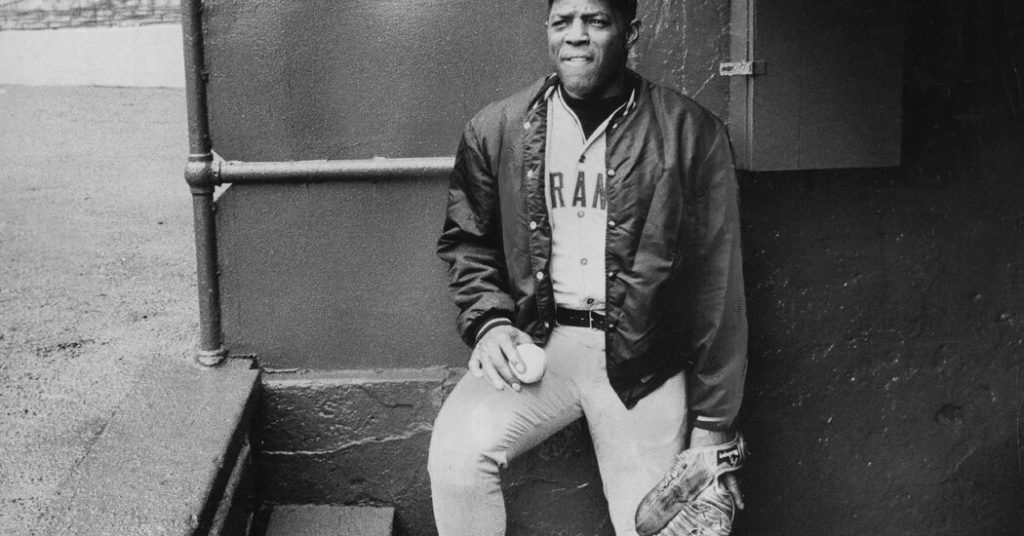In 1965, Willie Mays hit 52 home runs, joining a select group of players including Babe Ruth, Jimmie Foxx, Ralph Kiner, and Mickey Mantle who had hit at least 50 in a single season more than once. The following year, Mays surpassed the National League record for home runs set by former Giant Mel Ott. Despite his continued success on the field, Mays began to change as he approached age 40, becoming more withdrawn, suspicious, and cautious. Personal and professional complications, including a painful divorce, added to his vulnerability.
In 1972, with the Giants’ attendance declining, owner Horace Stoneham made the decision to trade Mays to the Mets in exchange for a minor league pitcher. At the time, Mays was in the next to last year of a two-year contract paying him $165,000 per season. The Mets’ president, Joan Payson, guaranteed Mays a 10-year, $50,000 annual payment separate from his baseball salary, ensuring his financial security into the future. Mays was to serve as a goodwill ambassador and part-time instructor for the team after his playing days ended.
Despite joining the Mets with a .167 batting average, Mays made an impact in his first game with the team by hitting a home run and beating the Giants before a crowd of 35,000 at Shea Stadium. However, at age 41, Mays’ skills were beginning to erode, leading to a decline in his performance on the field. The following year, he was hampered by various injuries including swollen knees, an inflamed shoulder, and bruised ribs, ultimately leading to his retirement announcement on September 20, 1973.
Willie Mays’ legendary career was marked by his exceptional talent on the field, including reaching milestones such as hitting 50 home runs in a season and breaking records set by previous players. However, as he aged, Mays faced personal and professional challenges that impacted his demeanor and outlook. Despite these challenges, Mays continued to have a lasting impact on the game of baseball, both during his playing days and after his retirement.
Mays’ trade to the Mets in 1972 signaled a new chapter in his career, with the promise of financial security and a future role with the team. Despite his declining performance on the field, Mays continued to be a respected figure in baseball, known for his contributions to the game both on and off the field. His retirement in 1973 marked the end of an era for one of baseball’s greatest players, leaving behind a legacy that continues to be celebrated and honored in the sport’s history.








